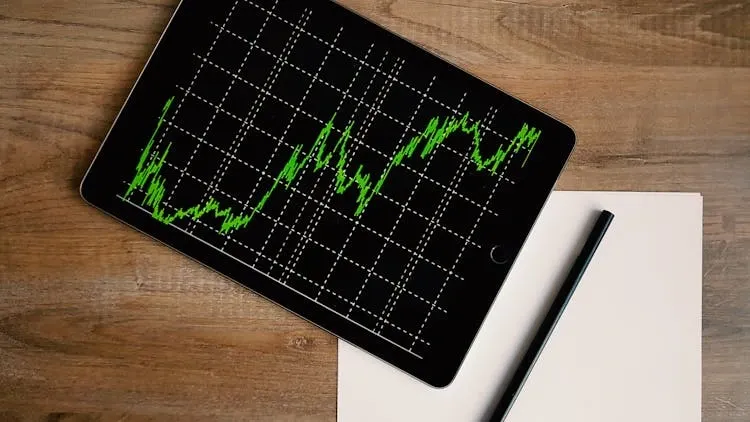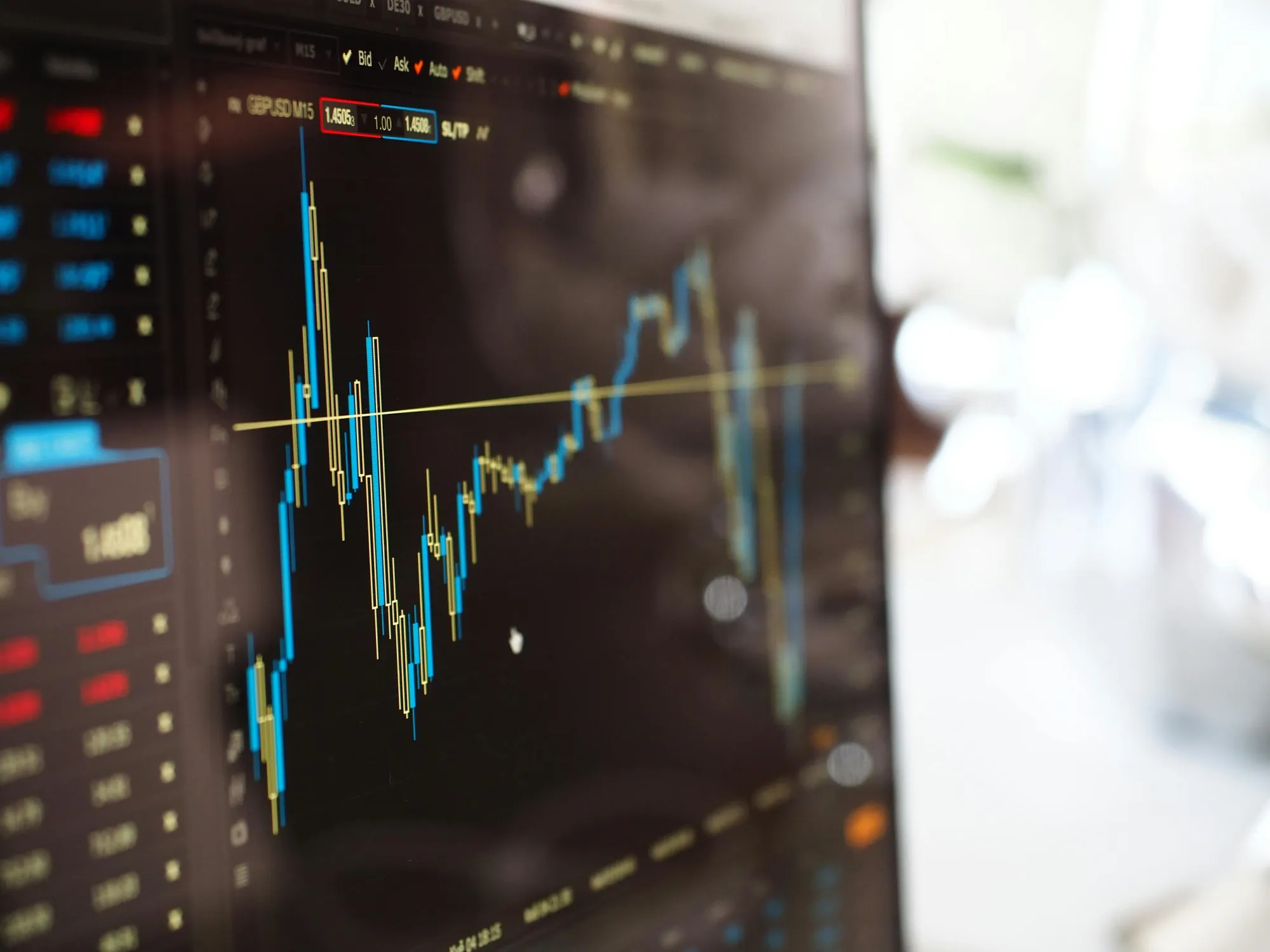Many investors get swept up in market euphoria. When stock prices surge rapidly, a fear of missing out takes over — a phenomenon known as panic buying.
Investors rush to buy simply because others are profiting, not because they’ve done their homework. The result? Impulsive decisions, emotional trades, and often, big losses once the hype fades.
Panic buying is one of the clearest examples of emotion-driven investing, fueled mainly by FOMO (Fear of Missing Out). In this article, Gotrade explains what panic buying is, how to recognize it, and how to keep your investment decisions grounded and rational.
What Is Panic Buying?
Panic buying happens when investors buy stocks aggressively out of fear of missing a potential profit opportunity.
It often occurs during a bull market or when positive sentiment suddenly floods the market — such as after strong earnings reports, merger announcements, or trending global news, according to Investopedia.
A common example was during the pandemic, when tech stocks skyrocketed. Many beginner investors jumped in simply because prices were rising — only to face sharp declines once the trend reversed.
This behavior isn’t just about numbers — it’s about crowd psychology. When too many people believe prices will “only go up,” demand spikes, creating a short-term bubble that can burst without warning.
Signs of Market Euphoria and Panic Buying
- Unrealistic price surges
When stock prices rise rapidly without any improvement in fundamentals, it’s a red flag. For instance, valuations may soar even though company profits haven’t changed much. - Sudden spikes in trading volume
A massive increase in volume usually signals that many new traders are piling in out of FOMO. Once buying pressure slows, prices often drop just as quickly. - Overreaction to positive news
When ordinary announcements trigger extreme price movements, it suggests the market is in an emotional, overhyped state. - “It will only go up” narrative
When public discussions and social media make it sound like a stock can’t lose, that’s usually a sign of late-stage euphoria — right before a correction. - Ignoring valuations
Investors stop caring about fundamentals and start focusing only on short-term price moves. Buying “because everyone else is buying” becomes the norm.
The Psychology Behind Panic Buying
- Fear of Missing Out (FOMO)
Seeing others make quick profits creates emotional pressure to join in — often without analysis or strategy. - Herd Mentality
Humans tend to follow the crowd. In markets, this behavior can cause extreme price swings as everyone rushes to do the same thing. - Overconfidence
After a few successful trades, some investors assume they can’t be wrong. This false confidence often leads to reckless buying. - Dopamine and Adrenaline
The thrill of rising prices triggers feel-good hormones, making impulsive decisions even harder to resist.
The Impact of Panic Buying on Your Portfolio
Panic buying often leads to poor decision-making and an unbalanced portfolio. According to EBSCO Research, the common consequences include:
- Buying at the peak and selling at the bottom.
- Ignoring diversification by concentrating too much in one stock or sector.
- Falling into a cycle of greed and fear.
- Losing portfolio balance due to emotional trading.
How to Stay Rational and Avoid Panic Buying
- Create a Clear Investment Plan
Define your goals, profit targets, and risk limits before entering the market. A solid plan keeps you focused and disciplined. - Use Fundamental Analysis
Don’t buy just because prices are rising. Understand the company’s earnings, revenue, and long-term prospects first. - Apply Position Sizing
Limit how much capital you allocate to each stock. This way, if a trade goes wrong, your portfolio remains protected. - Avoid Decisions During Market Hype
When markets are overly bullish, wait for a correction or confirm signals with technical indicators. Patience often pays more than chasing momentum. - Use Automated Systems
Auto-invest or auto-order features can help minimize impulsive trades and keep your strategy consistent.
Real-World Example: GameStop (GME) 2021
In 2021, GameStop’s stock price skyrocketed after being hyped by Reddit’s trading community. Many new investors bought in at record highs, afraid of missing the rally.
Within weeks, the stock crashed by more than 70%, leaving heavy losses for those who bought at the top.
This event became a textbook case of market irrationality — a reminder that euphoria and logic rarely coexist.
Conclusion
Panic buying is a classic example of emotional investing that often leads to losses. During market euphoria, discipline and rational analysis are your best defenses.
Don’t let FOMO drive your financial decisions. Learn to trade and invest wisely through the Gotrade app. Start investing smarter, not faster.
FAQ
1. Does panic buying only happen in the stock market?
→ No. It can happen in any asset class — from crypto and gold to real estate — especially during extreme price surges.
2. How can I control my emotions when markets rise fast?
→ Use predefined rules like stop-loss and take-profit orders, and limit exposure to social media hype that fuels FOMO.
Disclaimer:
PT Valbury Asia Futures is a licensed futures broker supervised by OJK, offering derivative financial products backed by securities.




